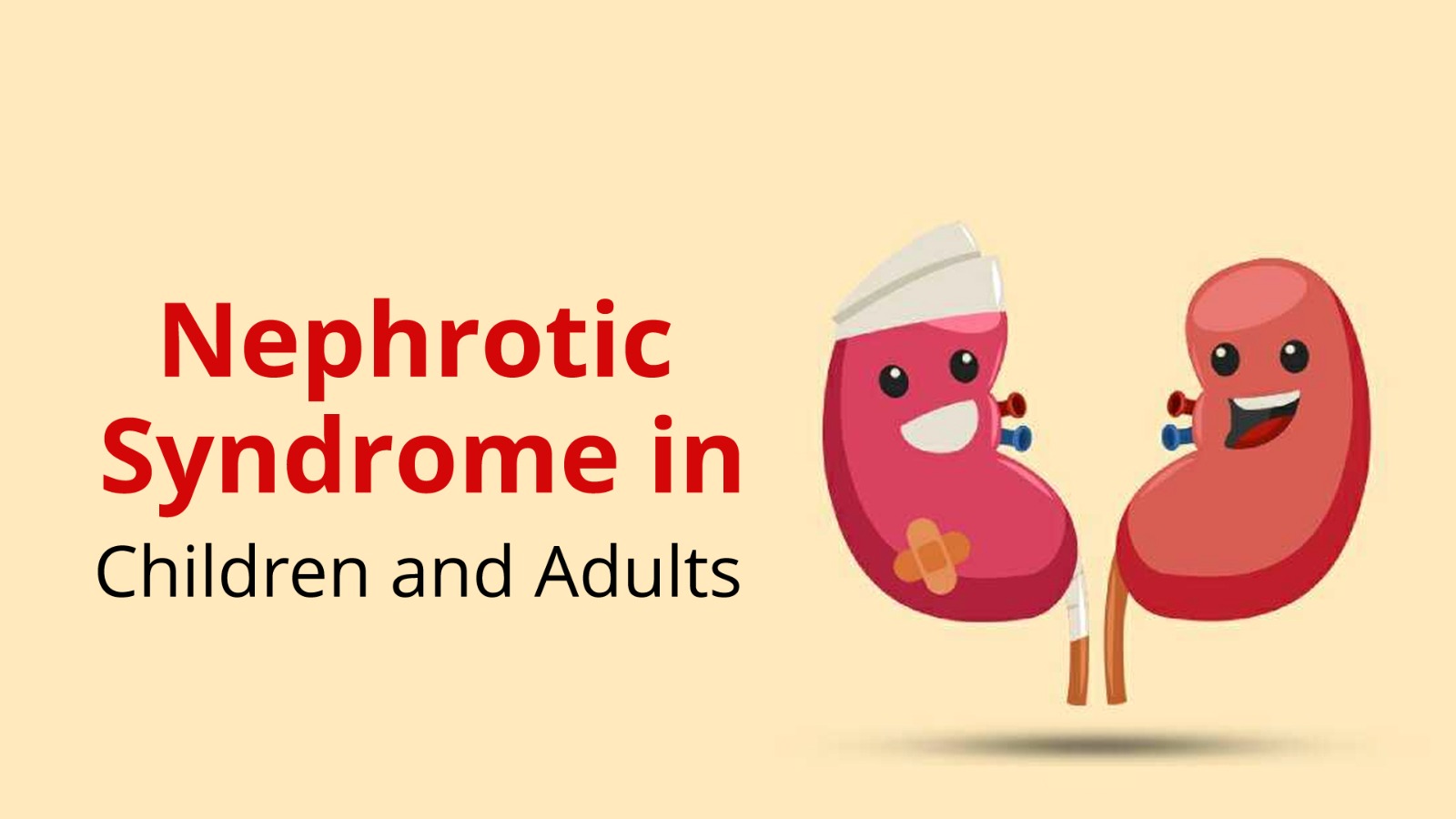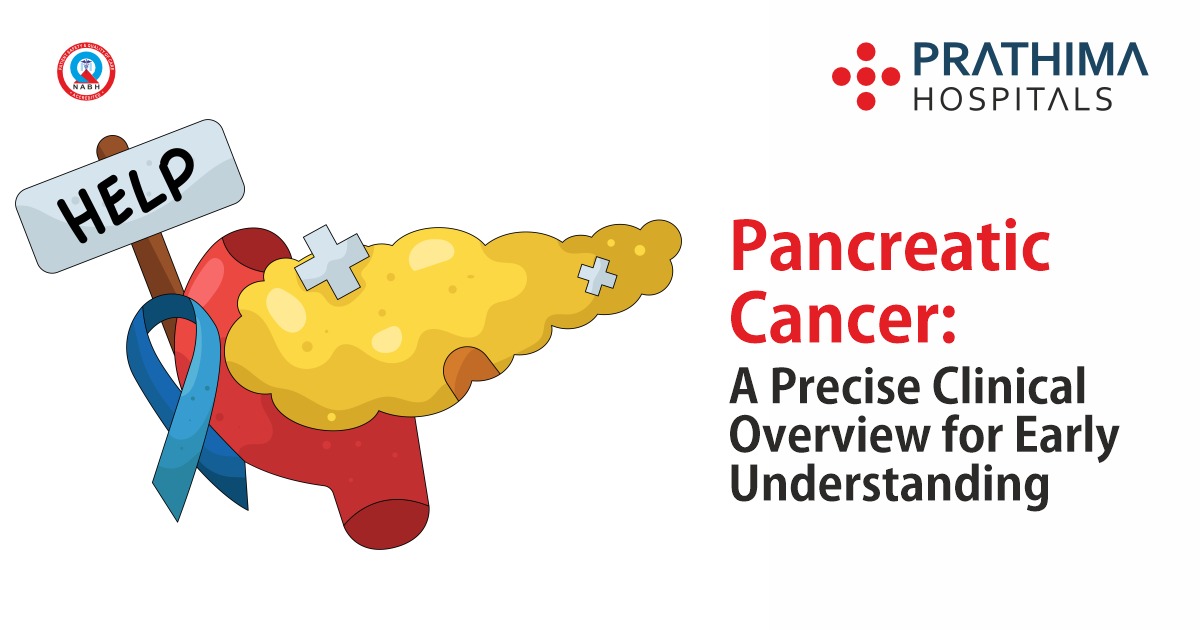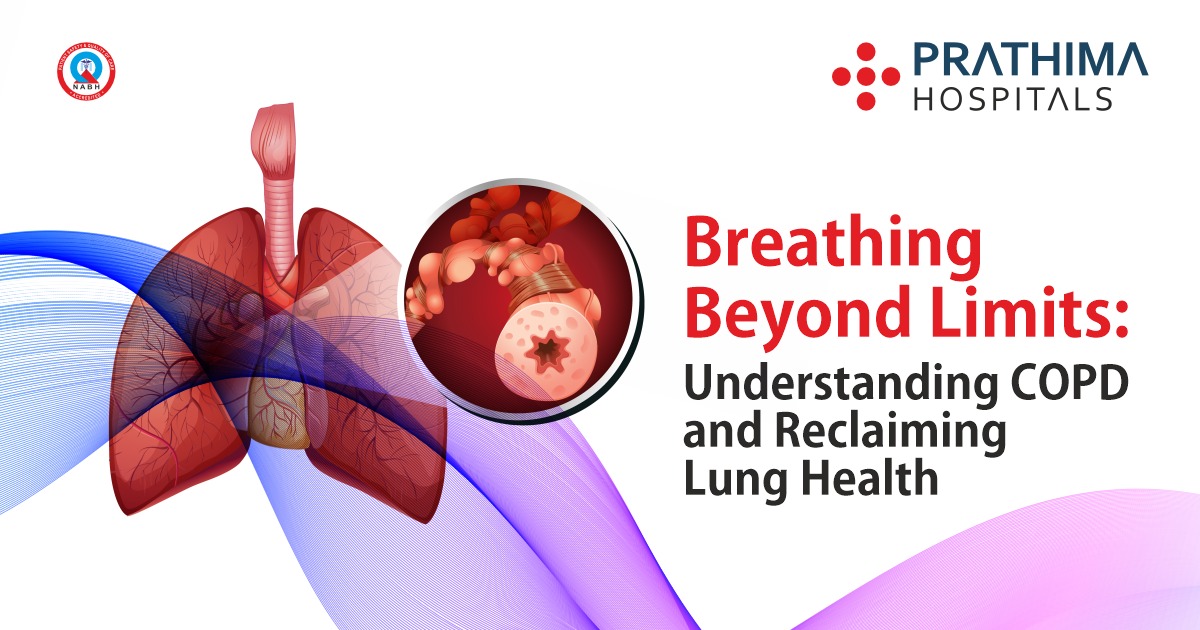Are you aware of Nephrotic Syndrome?

Introduction:
Nephrotic syndrome is a kidney disorder that affects both children and adults. It is characterized by a collection of symptoms that occur due to the damage of tiny blood vessels in the kidneys, known as glomeruli. This condition leads to abnormal levels of protein in the urine, low levels of protein in the blood, high cholesterol, and fluid retention as per a Nephrologist in Hyderabad. In this article, we will delve into the causes, symptoms, and treatment options for nephrotic syndrome, providing a comprehensive overview of this condition.
Causes of Nephrotic Syndrome as per Nephrologist in Kachiguda:
Nephrotic syndrome can have various underlying causes, which can be categorized into primary and secondary causes. Primary nephrotic syndrome refers to cases where the kidney disorder is the main condition, while secondary nephrotic syndrome occurs as a result of another underlying disease or condition. Let’s explore these causes in detail:
Primary Causes:
- Minimal Change Disease (MCD): MCD is the most common cause of nephrotic syndrome in children. The exact cause of MCD is unknown, but it is believed to be related to an abnormal immune response. In MCD, there are no visible changes under a microscope when kidney tissue is examined, hence the term “minimal change.” It is thought that certain immune system cells called T cells release substances that damage the glomeruli and cause protein leakage.
- Focal Segmental Glomerulosclerosis (FSGS): FSGS is characterized by scarring and sclerosis (hardening) of specific segments of the glomeruli. Primary or secondary, it can be categorized. Primary FSGS has no identifiable cause, while secondary FSGS can occur due to various factors such as genetic mutations, infections (such as HIV or hepatitis B), drug toxicity (e.g., heroin or certain medications), obesity, sickle cell disease, or other kidney diseases. Adults are more likely to suffer from FSGS than children.
- Membranous Nephropathy: Membranous nephropathy is characterized by the thickening of the glomerular basement membrane due to the deposition of immune complexes as per the Nephrologist in Kukatpally. It can be caused by autoimmune disorders, such as systemic lupus erythematosus (SLE), certain infections (such as hepatitis B or C), medications (e.g., nonsteroidal anti-inflammatory drugs), or certain cancers (such as solid tumours or haematological malignancies). In many cases, the cause of membranous nephropathy remains unknown (idiopathic).
- Mesangial Proliferative Glomerulonephritis: Mesangial proliferative glomerulonephritis refers to inflammation and proliferation of mesangial cells, which are specialized cells within the glomeruli. It can be caused by various factors, including immune-mediated disorders, infections (such as streptococcal infection), IgA nephropathy (Berger’s disease), lupus nephritis, or certain medications.
Secondary Causes:
- Diabetes Mellitus: Diabetes is a leading cause of chronic kidney disease, including nephrotic syndrome. Long-standing, poorly controlled diabetes can damage the small blood vessels in the kidneys, leading to diabetic nephropathy. High blood sugar levels cause changes in the glomeruli, resulting in increased permeability and protein leakage.
- Systemic Lupus Erythematosus (SLE): SLE is a chronic autoimmune disease that can affect multiple organs, including the kidneys. Lupus nephritis, the kidney manifestation of SLE, can lead to nephrotic syndrome. Immune complexes and inflammation in the kidneys damage the glomeruli and impair their filtration function.
- Amyloidosis: Amyloidosis is a group of disorders characterized by the abnormal deposition of amyloid proteins in various organs, including the kidneys. Amyloid proteins can accumulate in the glomeruli, causing damage and leading to nephrotic syndrome.
- Infections: Certain infections can cause nephrotic syndrome, either directly by invading the kidneys or indirectly through immune-mediated mechanisms. Examples include hepatitis B and C, human immunodeficiency virus (HIV), malaria, and streptococcal infections.
- Medications and Toxins: Some medications and toxins can cause nephrotic syndrome. Nonsteroidal anti-inflammatory drugs (NSAIDs), certain antibiotics (such as penicillamine), and some chemotherapy drugs are known to have potential nephrotoxic effects.
- Genetic and Inherited Disorders: Certain genetic and inherited disorders can result in nephrotic syndrome. Examples include Alport syndrome, Fabry disease, congenital nephrotic syndrome, and certain genetic mutations that affect the filtration function of the glomeruli.
- Other Systemic Conditions: Several other systemic conditions, such as multiple myeloma, Hodgkin’s lymphoma, systemic vasculitis (e.g., granulomatosis with polyangiitis), and autoimmune diseases (e.g., rheumatoid arthritis), can also lead to nephrotic syndrome.
It is important to note that this list is not exhaustive, and there may be other rare or less common causes of nephrotic syndrome. Proper diagnosis and identification of the underlying cause are crucial for effective treatment and management of the condition.
Symptoms of Nephrotic Syndrome:
Nephrotic syndrome is characterized by a distinct set of symptoms that arise from the dysfunction of the kidneys, particularly the glomeruli. The symptoms can vary in intensity and may fluctuate over time. Here are the main symptoms associated with nephrotic syndrome:
- Proteinuria: Proteinuria refers to the excessive excretion of protein in the urine. Normally, only a small amount of protein is present in the urine, but in nephrotic syndrome, there is a significant increase in protein levels. This results in foamy or frothy urine. The loss of protein in the urine is a hallmark feature of nephrotic syndrome.
- Oedema: Edema is the accumulation of excess fluid in the body tissues, leading to swelling. It is a common symptom of nephrotic syndrome, typically observed in the legs, feet, ankles, and around the eyes (periorbital oedema). The swelling may worsen throughout the day and reduce after a night’s rest as per Nephrologist in Kachiguda. Oedema occurs due to the decrease in oncotic pressure caused by low levels of protein (albumin) in the blood.
- Hypoalbuminemia: Nephrotic syndrome causes a decrease in the levels of albumin, a vital protein produced by the liver and responsible for maintaining the oncotic pressure in the blood vessels. Low albumin levels (hypoalbuminemia) result from the excessive loss of protein in the urine. Hypoalbuminemia contributes to fluid retention and oedema seen in nephrotic syndrome.
- Hyperlipidemia: Nephrotic syndrome often leads to abnormal lipid (fat) levels in the blood, specifically elevated cholesterol and triglyceride levels. The underlying mechanisms behind this lipid imbalance are not fully understood, but it is believed to result from increased synthesis and decreased clearance of lipids due to altered kidney function. Hyperlipidemia in nephrotic syndrome increases the risk of cardiovascular diseases.
- Fatigue and Weakness: Due to the loss of essential proteins and fluid imbalance associated with nephrotic syndrome, individuals may experience fatigue, weakness, and a general sense of malaise. The decrease in circulating albumin and other proteins can affect overall body function and energy levels.
- Loss of Appetite: Some individuals with nephrotic syndrome may experience a decreased appetite or have a feeling of early satiety. This may be related to the underlying inflammation and the impact of protein loss on overall nutritional status.
- Abdominal Swelling: In some cases, fluid accumulation may occur in the abdominal cavity, leading to abdominal distension and discomfort. This symptom is more commonly seen in severe or advanced cases of nephrotic syndrome.
- Frothy Urine: The excess protein in the urine can cause the urine to appear frothy or foamy. This is often noticeable during urination and can be a significant visual indicator for individuals with nephrotic syndrome as per Nephrologist in KPHB.
Diagnosis and Treatment:
To diagnose nephrotic syndrome, a healthcare professional will conduct a thorough medical history review, physical examination, and order specific tests. These tests may include:
- Urine Tests: A 24-hour urine collection is performed to measure the amount of protein excreted. High levels of protein in the urine (proteinuria) confirm the diagnosis.
- Blood Tests: Blood samples are analyzed to determine levels of albumin, cholesterol, triglycerides, and other markers of kidney function.
- Kidney Biopsy: In some cases, a kidney biopsy may be necessary to determine the underlying cause of the nephrotic syndrome and guide treatment decisions.
Treatment options for nephrotic syndrome aim to reduce symptoms, prevent complications, and address the underlying cause. These may include:
- Medications: Corticosteroids, such as prednisone, are often prescribed as the first-line treatment for nephrotic syndrome. Other immunosuppressive medications may be used in certain cases.
- Blood Pressure Control: Controlling blood pressure is crucial to prevent further kidney damage. Medications like angiotensin-converting enzyme (ACE) inhibitors or angiotensin receptor blockers (ARBs) are commonly prescribed.
- Diuretics: Diuretics help to reduce fluid retention and oedema by promoting urine output.
- Dietary Changes: A low-sodium diet is often recommended to manage fluid retention. In some cases, dietary protein restriction may be advised, while maintaining adequate nutrition.
- Management of Complications: Additional treatments may be required to manage complications associated with nephrotic syndromes, such as blood clot prevention measures or cholesterol-lowering medications.
Prognosis and Long-Term Outlook:
The prognosis for nephrotic syndrome depends on the underlying cause and the individual’s response to treatment. In some cases, nephrotic syndrome can be successfully managed, leading to long-term remission. However, for others, the condition may be chronic and require ongoing treatment and monitoring.
Complications of nephrotic syndrome can include infections, blood clots, malnutrition, and kidney failure. Regular follow-up with healthcare providers, adherence to treatment plans, and lifestyle modifications can help minimize these risks and improve long-term outcomes.
Conclusion:
Nephrotic syndrome is a kidney disorder characterized by proteinuria, oedema, and other associated symptoms as per Nephrologist in Hyderabad. Understanding the underlying causes, recognizing the symptoms, and seeking appropriate medical care is vital for effective management. With early diagnosis and treatment, individuals with nephrotic syndrome can lead fulfilling lives and minimize the risk of complications. If you or a loved one experiences symptoms suggestive of nephrotic syndrome, consult a healthcare professional for further evaluation and guidance.
.
.
.
For more details :
📞:: 733 733 6600 | 040 4345 4345
🌐:: https://prathimahospitals.com/book-appointment/






Warning: Undefined variable $req in /home/u885608126/domains/prathimahospitals.com/public_html/wp-content/themes/prathimahospitals/functions.php on line 294
Warning: Undefined variable $commenter in /home/u885608126/domains/prathimahospitals.com/public_html/wp-content/themes/prathimahospitals/functions.php on line 295
Warning: Trying to access array offset on value of type null in /home/u885608126/domains/prathimahospitals.com/public_html/wp-content/themes/prathimahospitals/functions.php on line 295
Warning: Undefined variable $aria_req in /home/u885608126/domains/prathimahospitals.com/public_html/wp-content/themes/prathimahospitals/functions.php on line 295
Warning: Undefined variable $req in /home/u885608126/domains/prathimahospitals.com/public_html/wp-content/themes/prathimahospitals/functions.php on line 298
Warning: Undefined variable $commenter in /home/u885608126/domains/prathimahospitals.com/public_html/wp-content/themes/prathimahospitals/functions.php on line 299
Warning: Trying to access array offset on value of type null in /home/u885608126/domains/prathimahospitals.com/public_html/wp-content/themes/prathimahospitals/functions.php on line 299
Warning: Undefined variable $aria_req in /home/u885608126/domains/prathimahospitals.com/public_html/wp-content/themes/prathimahospitals/functions.php on line 300
Warning: Undefined variable $commenter in /home/u885608126/domains/prathimahospitals.com/public_html/wp-content/themes/prathimahospitals/functions.php on line 303
Warning: Trying to access array offset on value of type null in /home/u885608126/domains/prathimahospitals.com/public_html/wp-content/themes/prathimahospitals/functions.php on line 303